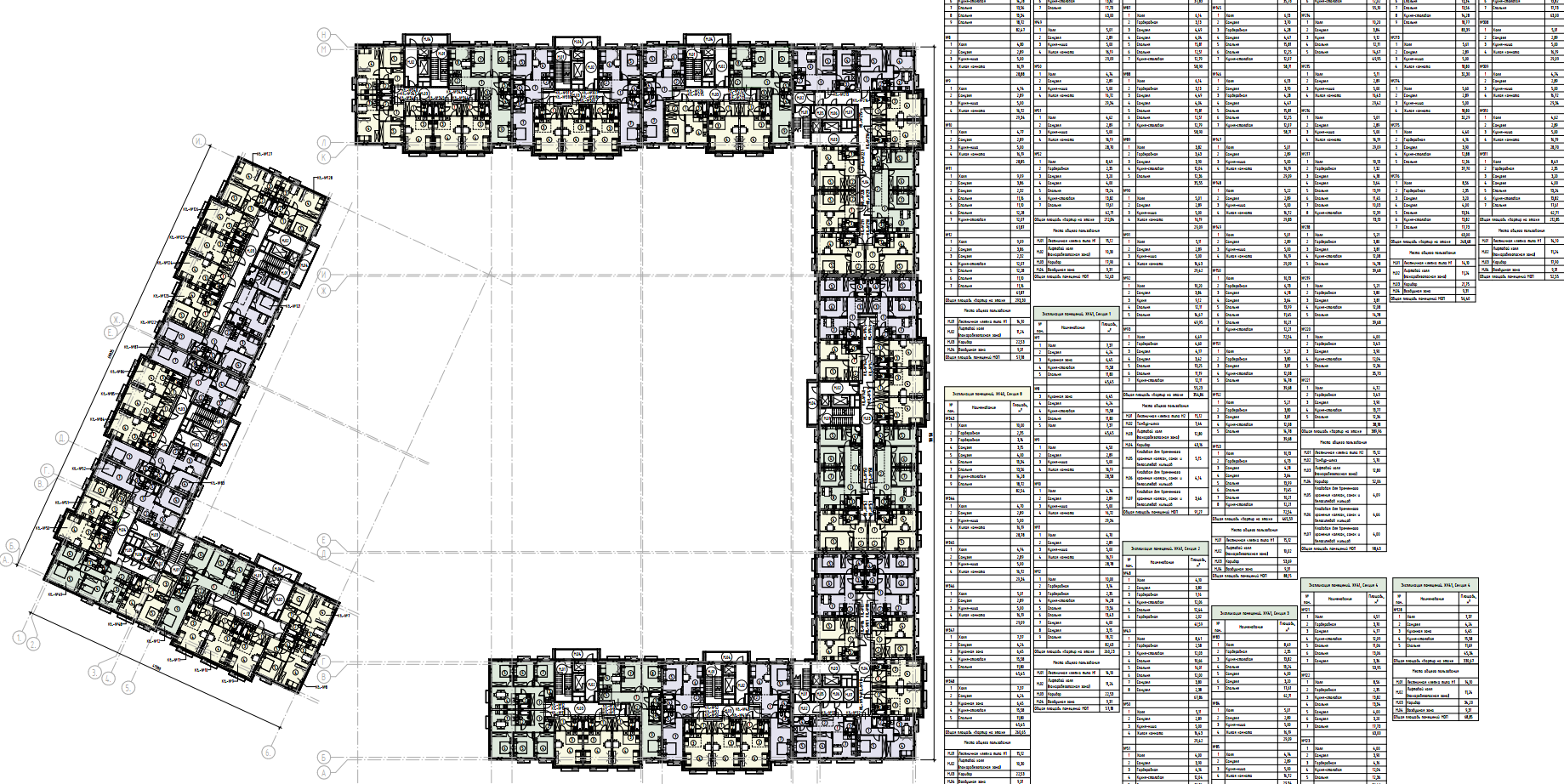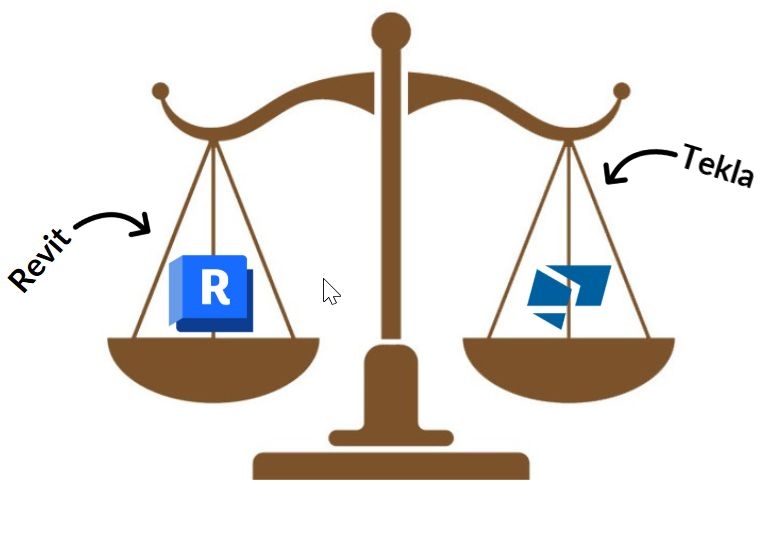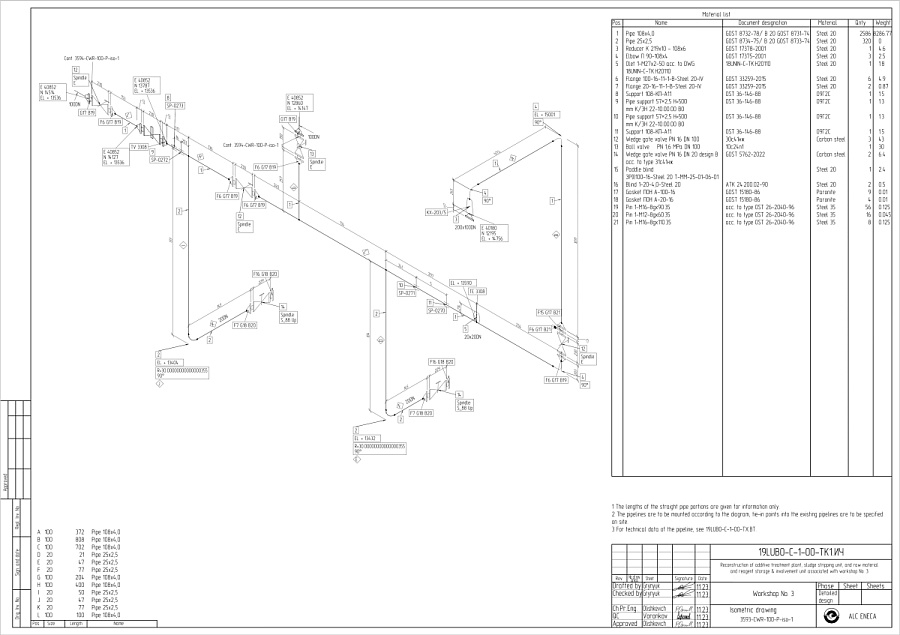AI Tools for Architects and Designers: How Neural Networks Make Work Easier
From Sketch to Concept: AI for Rendering
Neural networks significantly accelerate the rendering process and automate routine tasks, freeing up time for generating new ideas and creating "templates" of conceptual images that can be used as a foundation or reference for future projects.
NVIDIA DLSSPreviously we published an article about Nvidia Omniverse, a platform that enables collaborative work and 3D content creation, visualisation of virtual spaces, interaction with three-dimensional models, and digital copies of objects in real-time.
The same company has developed another software - NVIDIA DLSS. This is an image scaling technology that uses artificial intelligence to improve performance in graphically intensive applications. This is achieved by rendering images at a lower resolution (which increases frame rates (FPS)), and then using specifically trained AI to scale it to a higher resolution with minimal quality loss. Based on analysis, the neural network reconstructs the image, improving details and textures, lighting, reflections, and shadows.
DALL E / Stable Diffusion
These are artificial intelligence models for generating images from text descriptions, known as "text-to-image" models. These models help generate new ideas and inspiration, especially at early design stages, as well as create visual prototypes for presentations and discussions. They differ only in their architecture and accessibility.
Visualisation Quality Improvement
Pix2PixThis model can be used for image transformation, for example, to convert drawings, sketches, or 3D models into photorealistic visualisations automatically.

StyleGAN
This model specialises in generating new images and allows to control aspects such as textures, lighting, colours, and general composition. The main advantage is an ability to create an endless number of unique and realistic images with a high degree of style control.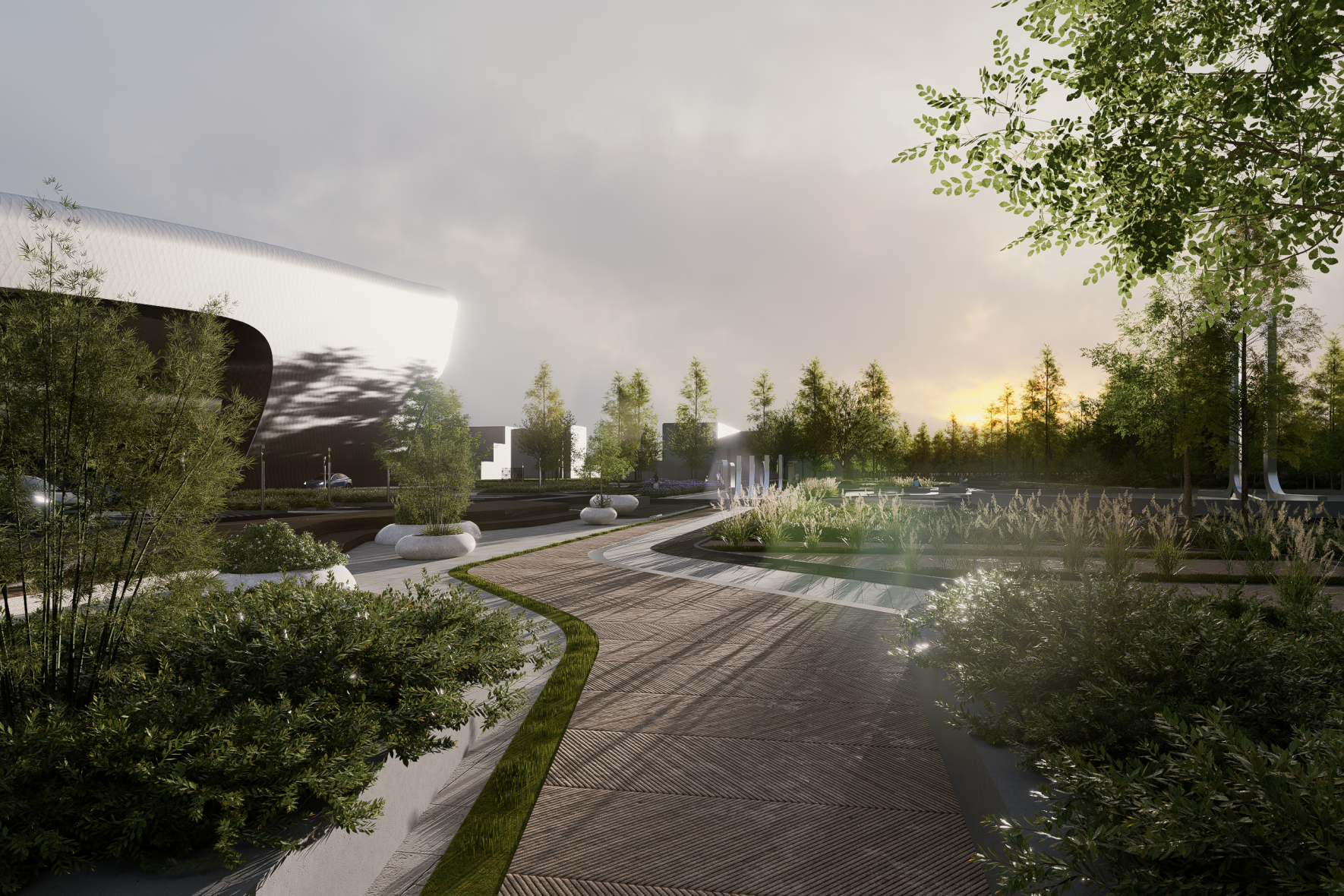
GAN (Generative Adversarial Networks)
At the project detailing stage, GANs can improve material textures (brick, wood, metal), lighting, and shadows in 3D models, adding realistic details and irregularities that are difficult to model manually.
Architecture of VR and AR Environments
Neural networks allow for creation of adaptive and interactive VR/AR environments that respond to user requests, for example, by demonstrating changes in lighting, time of day, or weather.
Unity3D / Unreal Engine
These are two leading game engines that are increasingly being used not only for creating games but also for architectural visualisation, design, and training. Their integration with AI allows for dynamic virtual environments instead of static 3D models. You can change room layouts, finishing materials, lighting, time of day, and other characteristics, while the neural network automatically adjusts the rest of the space and offers optimal solutions.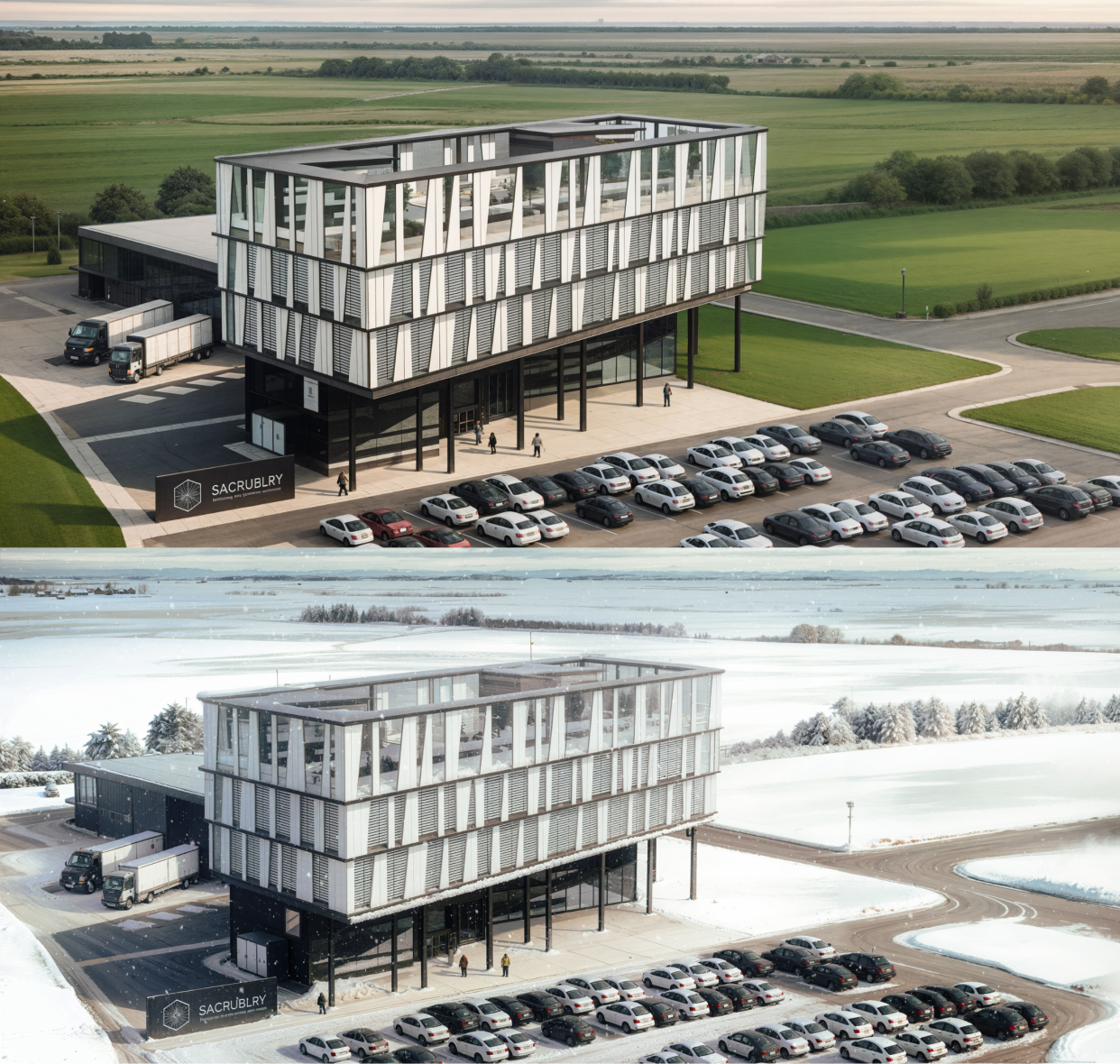
Automation and Optimisation
GAN (Generative Adversarial Networks)
This type of neural network can analyse large scopes of data (for example, existing architectural projects) and create new optimised versions. One option of application can be analysing the functionality and convenience of various layouts, offering variants with optimal space distribution depending on the purpose of the room and the preferences of the client and users.
